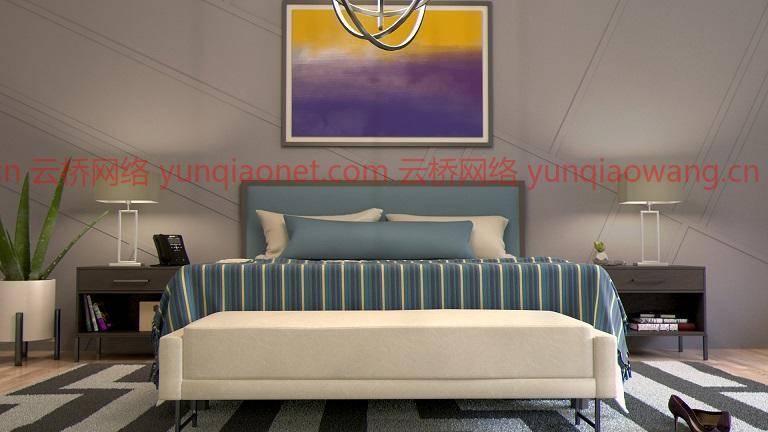
通过学习可用于相机放置、建模、修整等的策略,生成令人印象深刻且逼真的建筑三维渲染。了解如何将您的3D渲染场景提升到一个新的水平,以使您的图像引人入胜、有趣且讨人喜欢。在本课程中,讲师Verena Tatiana首先讨论了不同的细节处理方法,以及在处理剧照和动画时如何克服挑战。然后,她解释了构图的重要性,并演示了几种技巧。她涵盖了渲染前建模,物体细节,使用布料和材料,照明技术,和渲染后合成。3ds Max and V-Ray: Arch Viz Detailing Techniques
MP4 |视频:AVC,1280×720 30 fps |音频:AAC,48 KHz,2 Ch |时长:3h 3m
技能等级:中级|语言:英语+中英文字幕(云桥CG资源站 机译) |大小解压后:2.93 GB 含课程文件
主题包括:
渲染前和渲染后的细节
设置场景和构图
斜角和拓扑
为场景增添活力
使用3ds Max布料模拟引擎
随着位移增加深度
设置颜色和调色板
使用复杂的着色器
校正色温
灯光和阴影
渲染过程
添加效果、纹理和噪波
添加色差



课程目录:
01 -让渲染更上一层楼
02 -渲染前与渲染后的细节
03 -剧照与动画挑战
04 -作文的重要性
05 -使用练习文件
06用你的场景和作文讲一个故事
07 -需要记住的重要细节
08 -不对称和不完美
09 -倒角的重要性
10 -良好的拓扑结构
11 -让场景住进去
12 -不对称和不完美
13 -在场景中加入生活的暗示
14 -给人更多元素的印象
15 -了解3ds Max布料引擎
16 -使用布料工具制作枕头
17 -雕刻细节增加瑕疵
18 -随着位移增加深度
19色调色板
20 -正确的颜色设置和颜色准确度
21 -理解地图
22 -复杂着色器的使用
23 -材料的最终注释
24 -正确的光线温度
25 -用光来引导眼睛
26 -阴影的重要性
27 -渲染过程和元素
28 -后期制作方法
29 -了解设置
30 -相机原始滤镜
31 -添加灯光效果
32 -添加纹理和噪声
33 -景深
34 -色差
35 -后续步骤


MP4 | Video: AVC, 1280×720 30 fps | Audio: AAC, 48 KHz, 2 Ch | Duration: 3h 3m
Skill Level: Intermediate | Genre: eLearning | Language: English + Sub | Size: 2.78 GB
Generate impressive and realistic architectural 3D renderings by learning strategies you can leverage for camera placement, modeling, finishing, and more. Find out how to take your 3D rendered scenes to the next level so that your images are engaging, interesting, and flattering. In this course, instructor Verena Tatiana starts by discussing the different approaches to detailing and how to overcome challenges when working with stills versus working with animations. Then, she explains the importance of composition and demonstrates several techniques. She covers pre-render modeling, object detailing, working with cloth and materials, lighting techniques, and post-render compositing.
Topics include:
Detailing during pre-render and during post-render
Setting up scenes and composition
Beveling and topology
Adding life to a scene
Using the 3ds Max cloth-simulation engine
Adding depth with displacement
Setting up colors and palettes
Using complex shaders
Correcting color temperature
Lighting and shadows
Rendering passes
Adding effects, grain, and noise
Adding chromatic aberration
01 – Taking your render to the next level
02 – Pre-render vs. post-render detailing
03 – Stills vs. animation challenges
04 – The importance of composition
05 – Using the exercise files
06 – Tell a story with your scene and composition
07 – Important details to remember
08 – Asymmetry and imperfections
09 – Importance of beveling
10 – Good topology
11 – Make the scene lived-in
12 – Asymmetry and imperfections
13 – Add hints of life to the scene
14 – Give the impression of more elements
15 – Understanding the 3ds Max cloth engine
16 – Creating a pillow using cloth tools
17 – Sculpting details to add imperfections
18 – Adding depth with displacement
19 – Color palette
20 – Proper color setting and color accuracy
21 – Understanding maps
22 – Use of complex shaders
23 – Final notes on materials
24 – Correct light temperatures
25 – Using light to guide the eye
26 – The importance of shadows
27 – Render passes and elements
28 – Post-production methods
29 – Understanding the setup
30 – Camera Raw filter
31 – Adding light effects
32 – Add grain and noise
33 – Depth of field
34 – Chromatic aberration
35 – Next steps
1、登录后,打赏30元成为VIP会员,全站资源免费获取!
2、资源默认为百度网盘链接,请用浏览器打开输入提取码不要有多余空格,如无法获取 请联系微信 yunqiaonet 补发。
3、分卷压缩包资源 需全部下载后解压第一个压缩包即可,下载过程不要强制中断 建议用winrar解压或360解压缩软件解压!
4、云桥CG资源站所发布资源仅供用户自学自用,用户需以学习为目的,按需下载,严禁批量采集搬运共享资源等行为,望知悉!!!
5、云桥CG资源站,感谢您的关注与支持!




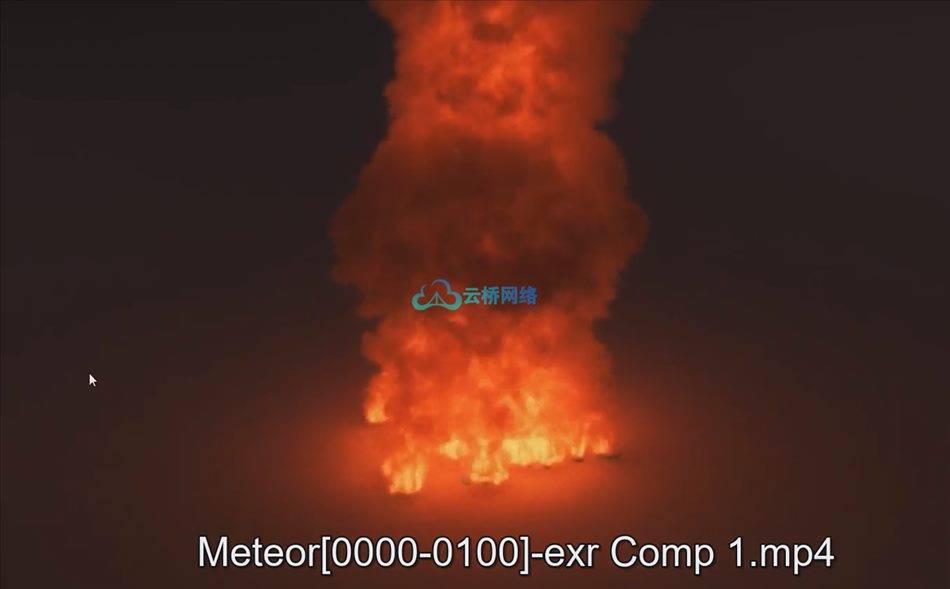
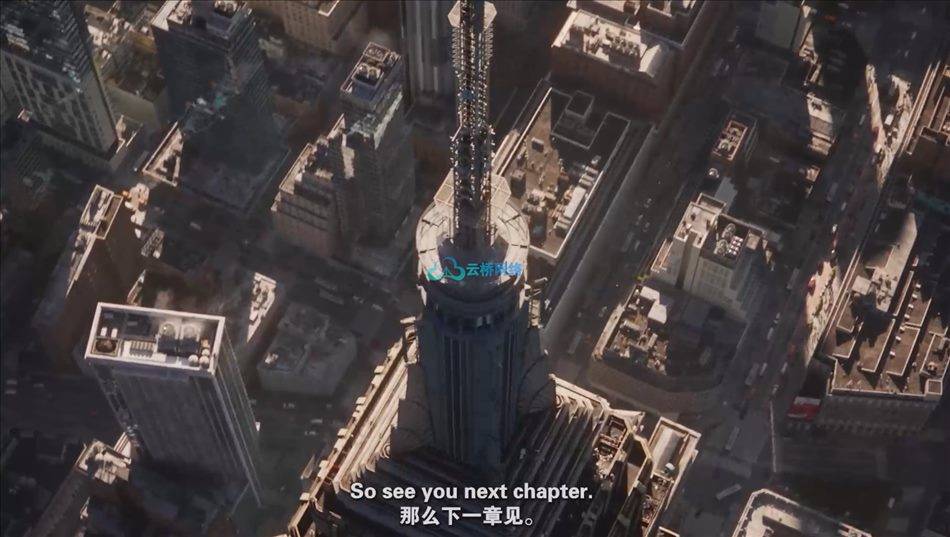
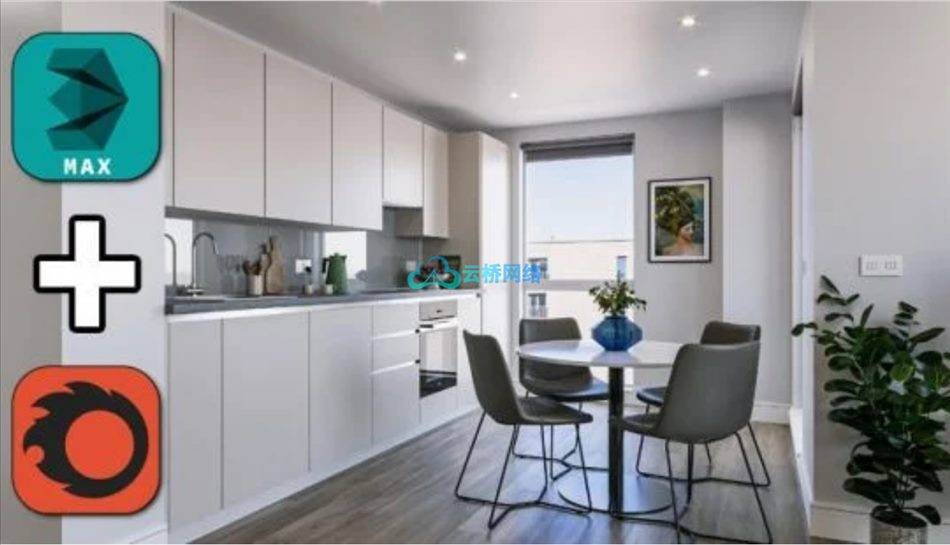
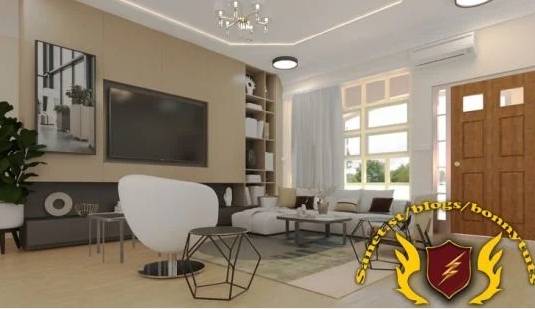

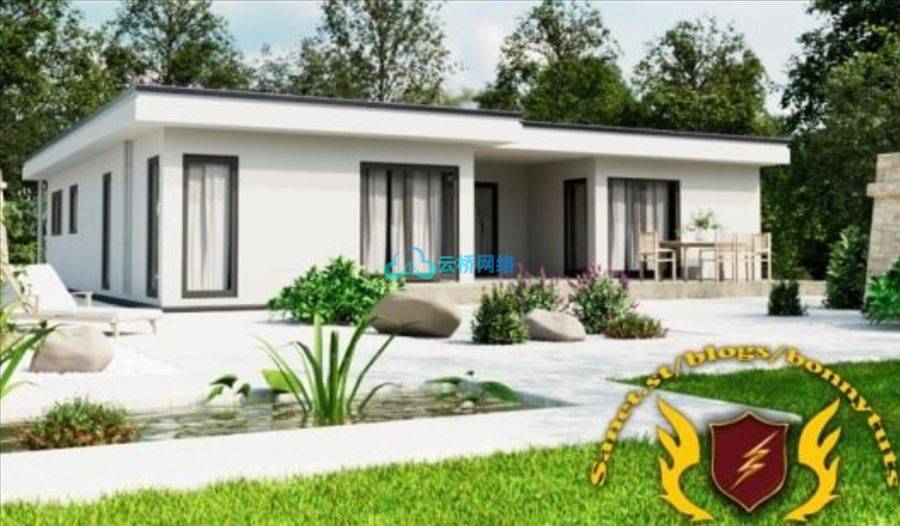

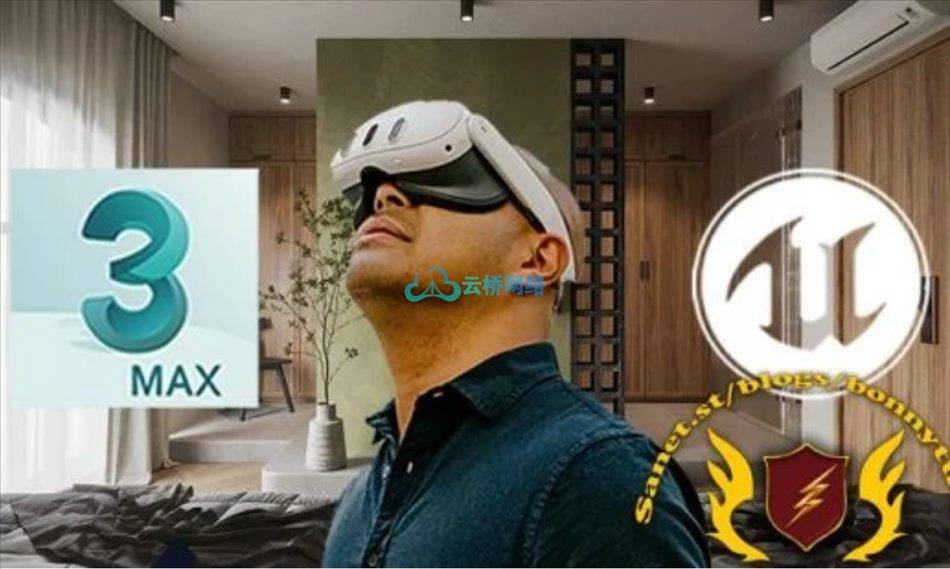
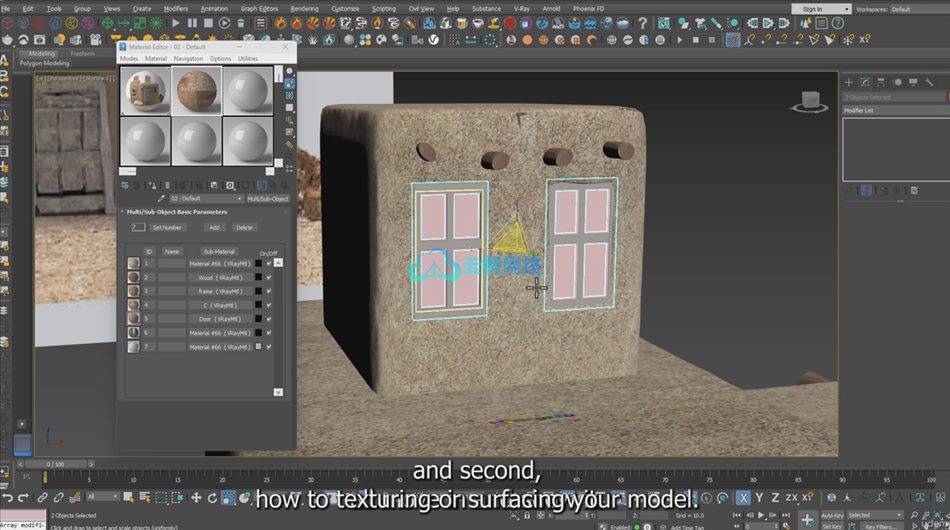
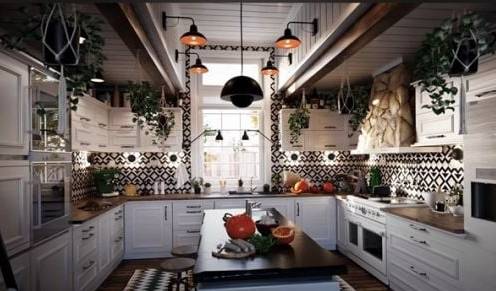
评论(2)
66666哦
非常感谢分享